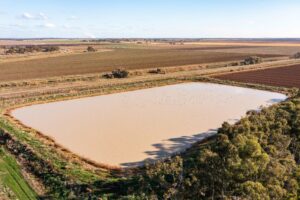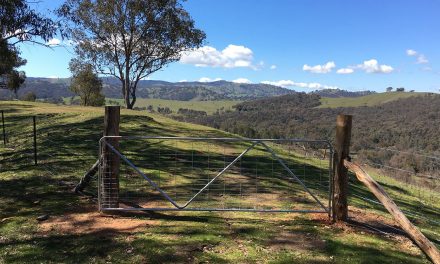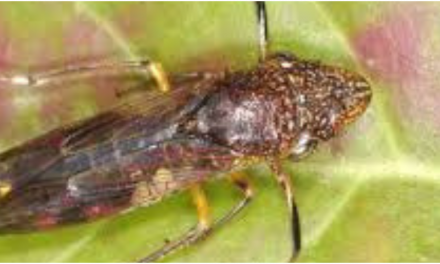Farm dams are assumed to make up a significant proportion of Australian agriculture’s greenhouse gas emissions, but new research has found that the contribution of irrigation farm dams is dramatically overestimated.
The first detailed assessment of the carbon footprint of irrigation dams has revealed existing models are failing to account for their capacity to act as atmospheric sinks for nitrous oxide and are dramatically overestimating their methane emissions.
Aquatic biogeochemist Jackie Webb, from Deakin University’s Centre for Regional and Rural Futures, led the research team to monitor GHG emissions of farm dams in the Murrumbidgee Valley of NSW.
Importantly, the team wanted to test if they had comparable emissions to what was ascribed to dams by the United Nations’ Intergovernmental Panel on Climate Change and reported in Australia’s national emission inventory.
Global studies suggest small artificial waterbodies are widespread emitters of carbon dioxide and methane.
“The IPCC does great work, but it’s all based on data availability and there is no data from semi-arid irrigation waterbodies fed into those models,” Dr Webb said.
“The available data used in Australia’s national emissions inventory is based on livestock dams in Victoria and NSW and artificial ponds in Queensland, so irrigation farm dams from semi-arid regions are assumed to be similar in their emissions.”
The project methodology
The research project, funded by AgriFutures Australia, is the first examination of irrigation dams and their emissions and storage of CH4, CO2 and N2O.
The study involved surveying 38 on-farm irrigation dams across horticulture and broadacre cropping in the Murrumbidgee Valley to baseline their carbon footprint and provide an initial insight into areas that could be targeted for emission management.
Drone and on-ground biomass surveys and continuous CO2 monitoring with underwater sensors were also carried out in a subset of the dams.

A farm irrigation dam in the Murrumbidgee Valley.
The findings
A quarter of the dams were found to be net GHG sinks of CO2 equivalent emissions. Just over half (52 per cent) were acting as sinks of CO2 and 70 per cent were sinks of N2O.
Most irrigation farm dams were sources of diffusive CH4, which was the highest contributor to overall emissions.
However, compared with global averages, the irrigation dams tested had considerably lower methane emissions (34kg per hectare per year) than the IPCC emission factor (183kg/ha/year) for constructed ponds and a lower indirect nitrous oxide emission factor (0.06 per cent) compared with the IPCC default emission factor for agricultural surface waters (0.26 per cent).
“It’s a huge difference — four times less emissions of nitrous oxide and five times for methane,” Dr Webb said.
“The reason why the IPCC models are so out is because 70 per cent of the dams we sampled were atmospheric sinks of nitrous oxide, but the IPCC emission factor models do not account for agricultural water bodies being nitrous oxide sinks at all.
“Widespread N2O sinks have been observed once before in Northern Hemisphere farm dams. To reproduce this finding in Australia is really exciting as it challenges our fundamental understanding of indirect aquatic N2O emissions from agriculture.”
Global implications
Dr Webb said given the study demonstrates the carbon footprint of these irrigation dams was smaller than expected, more research was needed, and revisions of national emissions accounting ought to be considered.
“When we’re talking about climate change and net zero emissions, it’s very important we get it right,” she said.
“It’s good news for irrigation farmers that farm dams aren’t emitting anywhere near the emissions of what is assumed based on the current research. Irrigation dams may also be worthy of their own emissions factor in IPCC guidelines, but we need to test more regions.
“There’s huge potential to harness these irrigation dams to cut their emissions even more and make them carbon sinks.”
Dr Webb said emissions could be reduced by making dams deeper and limiting the amount of nitrogen entering the water bodies.
“Excessive nutrients can lead to low oxygen conditions which activates the anaerobic microbes that produce methane,” she said.
“So, if you can reduce nitrogen run-off going into a dam that would most certainly help.”
The full report can be found on the AgriFutures Australia website.








